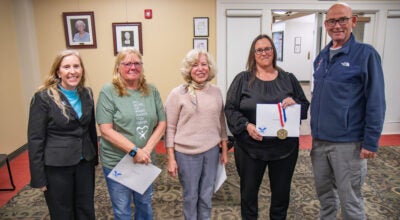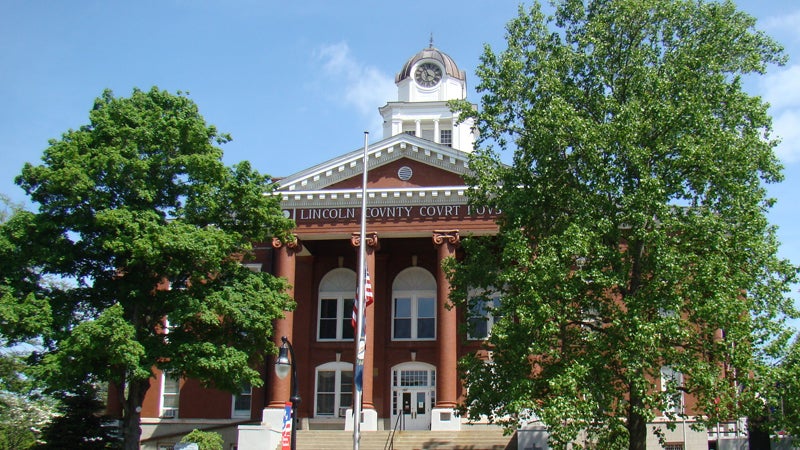“Saving Your Streambanks” workshop set for Oct. 18
Published 1:32 pm Thursday, September 27, 2018
Why is the drainage ditch or stream in my backyard or on the farm getting deeper? Or wider? Why are the edges getting steeper? What can be done?
Our Kentucky streams face many challenges from our day-to-day urban and agricultural activities. Streams and drainage ways are straightened, mowed to the edge, stripped of their floodplains, dammed, used as illegal dumps, and overrun with invasive plants, all of which affect their ability to move water and provide healthy habitat. When we look for answers to our streambank erosion and water quality issues, it’s important to look holistically at the causes. What are the outside factors affecting the stream off-property? What is happening on my property that may be affecting the stream? What does the stream look like on my property, and how could that be affecting the problem?
These are all questions and topics that will be explored in Bluegrass Greensource’s “Saving Your Streambanks” Free Workshop Series this October, a partnership with University of Kentucky Cooperative Extension and the Conservation District. The Lincoln County workshop will be held on Thursday, Oct.18 from 6 to 7:30 p.m. at the Lincoln County Extension Office meeting room located at 104 Metker Trail, Stanford.
One of the main characteristics of a stable stream is vegetation along the edge and banks of the waterway, as well as access to the floodplain, or low-lying area around the stream prone to flooding. This vegetation along the edge is known as a riparian or streamside buffer and acts as a transition between water bodies and upland uses such as manicured lawns or agriculture. These buffers are usually a combination of fast and slow growing trees, shrubs, grasses, and perennials. The diverse native vegetation holds soil in place and protects the streambanks from the removal of soil, rocks, and other woody materials. Even taking a more passive approach and maintaining a simple 10-to-15 foot no-mow zone around the edge of your stream can improve your streambank and water quality conditions. Streamside buffers have many other benefits, including trapping and filtering sediment and other pollutants from stormwater runoff, reducing flood damage, providing shade and habitat to streams, recharging groundwater sources, and improving the aesthetic value of landscapes.
Saving Your Streambanks Workshop participants will learn about local watershed issues and water quality in Hanging Fork, the benefits of streamside buffers, how to plant and maintain a buffer, how to identify invasive species and methods for removal, and financial assistance options available for streamside improvements. Financial assistance opportunities include but are not limited to the Bluegrass Greensource mini cost-share grant, State Cost Share funding through the Conservation District, and EQIP funding through the Natural Resources Conservation Service.
Through a 319 grant administered through the Kentucky Division of Water, Bluegrass Greensource is able to offer an 80/20 cost-share program (Up to $2,000) for establishment of streamside buffers to eligible landowners in the Clarks Run and Hanging Fork watersheds as part of the Watershed Improvement Program for these areas. Applications will only be available to workshop participants, and grant funds will support the planting of native trees, shrubs, grasses, and perennials along your backyard stream and the removal of invasive plants (if necessary). More information, additional workshop dates, and registration can be found at bggreensource.org/riparian-buffers/ or contact Lindsie Nicholas at lindsie@bggreensource.org.





